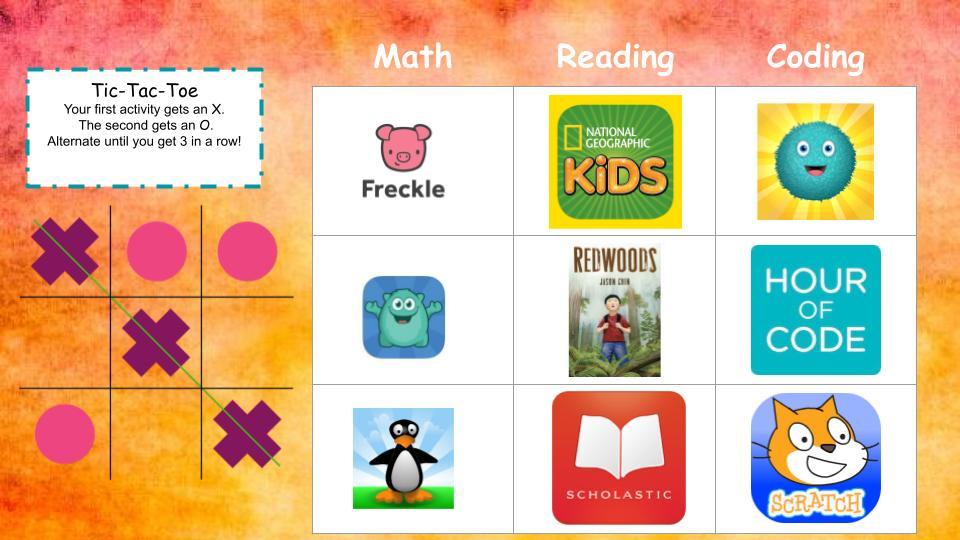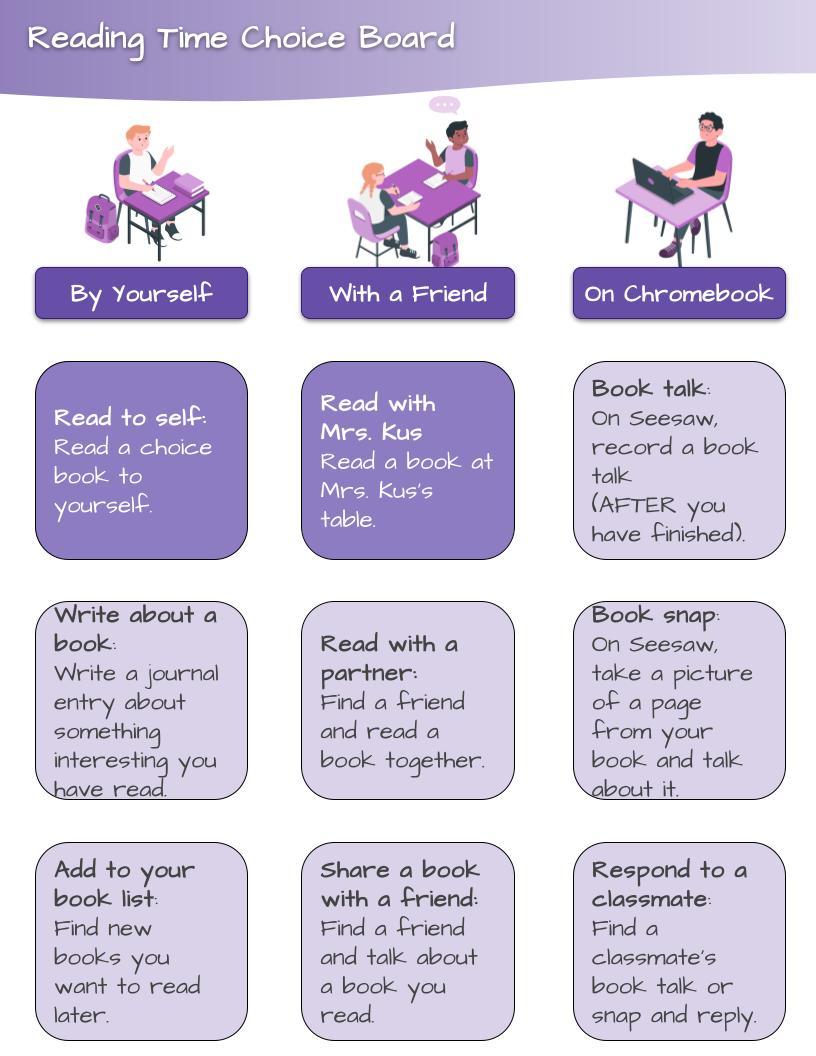WHAT IT IS:
Choice Boards are a structure that allows students to make their own choices about their learning within certain parameters set by the teacher. This can work well in any context, but is most popular within a project, after students have finished an assignment and have extra time, or during assessment review.
In his well-known article Choices for Children, Alfie Kohn highlights several studies that emphasize the importance of giving students choices in their learning. One study found that allowing second graders to choose their learning activities resulted in faster and more thorough task completion. Another study revealed that high school students who independently wrote up chemistry problems without detailed instructions produced higher-quality work and retained the information better than those given explicit step-by-step guidance. When applied effectively, student choice can significantly enhance learning outcomes.
HOW IT WORKS:
The teacher sets up the context and parameters by creating a structure such as the example below. Then, students are tasked with making choices about which activity or activities to complete. Tic-Tac-Toe is a popular structure that calls for more than one choice from students.
(From the TCEA blog. Create your own copy in Google Slides here.)
Or consider these alternative examples (make a copy in Google Slides here):
Or this example from Google Drawings (make your own copy here):
RESOURCES & EXAMPLES:
View another example from Kasey Bell (ShakeUpLearning) here.
Read more about Choice Boards from the TCEA blog here.
Read more about Progressive Choice Boards for an alternative approach from Matt Miller (DitchThatTextbook) here.



